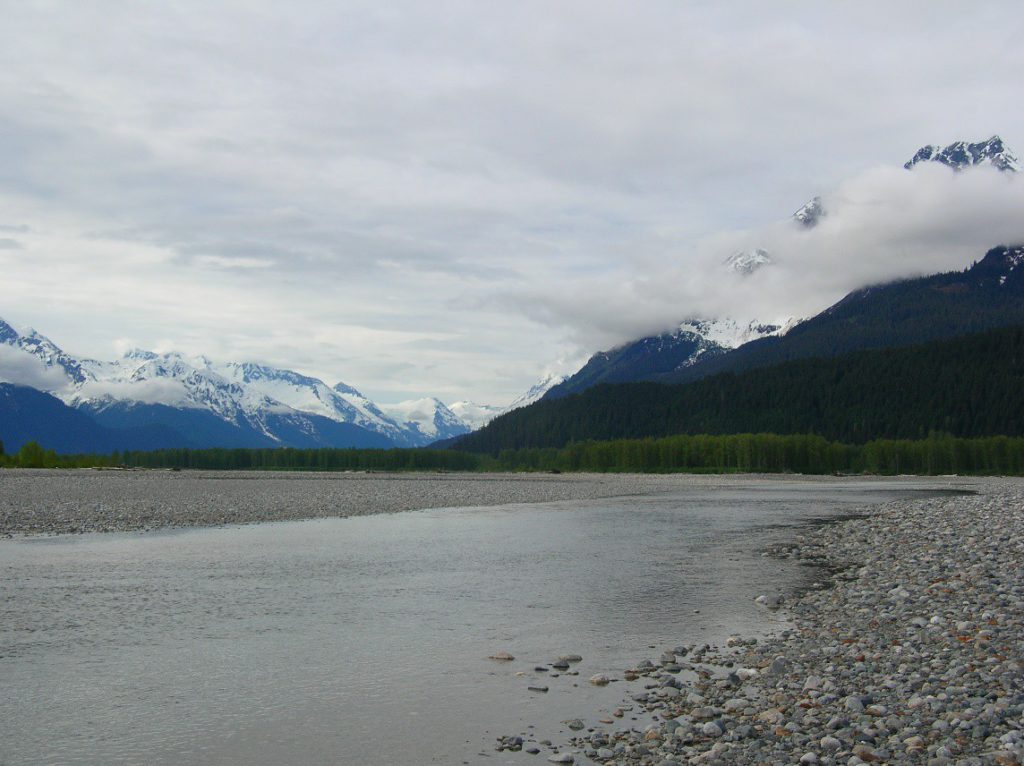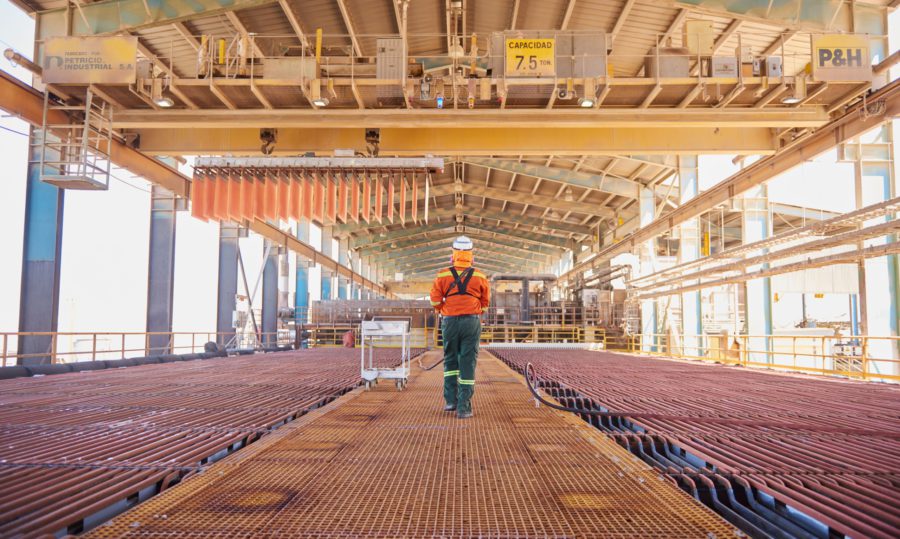Canagold’s New Polaris project moves into next phase of environmental assessment

Canagold Resources’ (TSX: CCM) New Polaris project has moved into the process planning phase of its environmental assessment following recommendation by the British Columbia Environmental Assessment Office (BCEAO).
The recommendation was made after the BCEAO reviewed the potential environmental and socio-economic impacts of the project, located in the traditional territory of the Taku River Tlingit in northwestern BC and bordering Alaska. The Taku River Tlingit also supported the BCEAO’s decision.
The recommendation follows Canagold’s recent submission of a detailed project description (DPD) with the BCEAO, outlining a significant reduction in energy usage and potential carbon footprint. In addition, the DPD highlighted that no cyanide will be used in the flotation process, and the tailings storage facility will no longer include materials high in arsenic.
In March 2023, the company kicked off the early engagement phases of the environmental assessment process with the submission of an initial project description (IPD). Canagold has since addressed the concerns raised by communities and governments and incorporated their feedback into the new project plan. This resulted in the decision to forgo the more complex process of on-site doré production in favor of producing a high-grade flotation concentrate.
“This milestone underscores our commitment to responsible mining practices and our ongoing collaboration with the Taku River Tlingit First Nation, Indigenous groups in Alaska, stakeholders, and government regulators in both British Columbia and Alaska,” Canagold CEO Catalin Kilofliski said in a news release.
During the process planning phase, the company said it will focus on developing comprehensive plans for the environmental assessment, including consultations with stakeholders and the public.
New Polaris is a past-producing, high-grade gold project for which the company is working towards environmental permitting and a feasibility study. Built prior to World War II, the former mine produced 232,000 oz. of gold from 691,000 tonnes of ore grading 11.9 grams per tonne before its closure in the 1950s.
In 1992, Canagold acquired the project after it was left idle for more than three decades, and has since completed over 64,000 metres of drilling. Last year, the company published an updated resource estimate for New Polaris, showing 1 million oz. of gold in the indicated resource category (2.5 million tonnes grading 12.75 g/t) plus 231,000 oz. (706,000 tonnes at 10.16 g/t) inferred.
{{ commodity.name }}
{{ post.title }}
{{ post.date }}

Comments